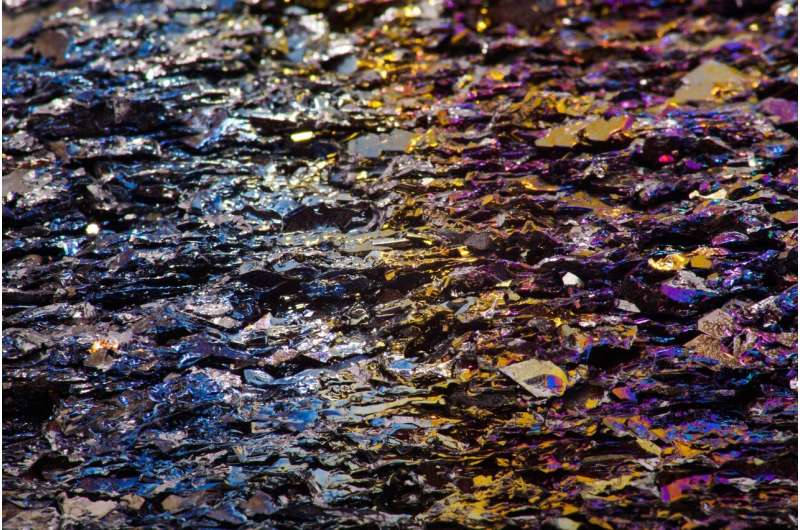Scientists have discovered a method through which essential metals required to produce renewable energy technologies are transferred from the Earth’s mantle to the crust.
The team, which included Cardiff University researchers, uncovered a ‘Goldilocks zone’ in the Earth’s crust where the temperature is precisely ideal at roughly 1000°C for metals to be transported to deeper levels near the surface, where they may be mined.
The metals in concern, most notably copper, cobalt, tellurium, and platinum, are in great demand owing to their use in electrical wiring and technologies such as battery storage systems, solar panels, and fuel cells.
The team hopes that their discoveries, published today in the journal Nature Communications, will lead to more focused, less expensive, and ecologically friendly methods of exploring and extracting the critical elements.
Why Could They be Found so Easily?
The metals are typically stored at depths of more than 25 kilometers in the Earth’s mantle—a deep layer of rock between the Earth’s core and crust.
However, in some areas of the planet, nature may transport these metals to the surface through the flow of liquid rock known as magma, which begins in the Earth’s mantle and rises into the crust.
However, the path of metals to their ultimate deposition place has been undetermined up until now.
The latest study discovered a temperature-dependent zone at the Earth’s crust that serves as a valve, sporadically allowing metals to travel upwards to the upper crust.
Co-author Dr. Iain McDonald stated:
“When magmas reach the base of the crust, the critical metals often get trapped here and cannot reach the surface if the temperature is either too hot or too cold. As with Goldilocks, we have discovered that if the temperature is ‘just right’ at around 1000°C, then metals like copper, gold and tellurium can escape the trap and rise up towards the surface to form ore deposits.”
The research is part of the NERC-funded FAMOS (From Arc Magmas to Ore Systems) project. It included Cardiff University, Leicester University, the University of Western Australia, and the major mining firm BHP.
The FAMOS project’s Principal Investigator, Professor Jamie Wilkinson of the Natural History Museum in London, said this paper represents a wonderful type of research from the project team that shines a spotlight on magmatic processes that operate deep in the Earth’s crust but impose a first-order control on the accessibility of critical metals for human civilization. The findings will allow for more focused mineral exploration, reducing the environmental impact of finding and extracting green metals.
